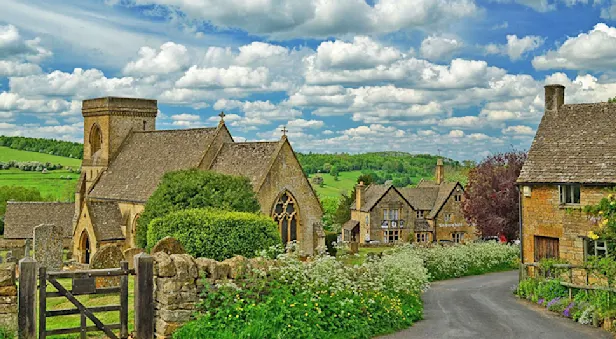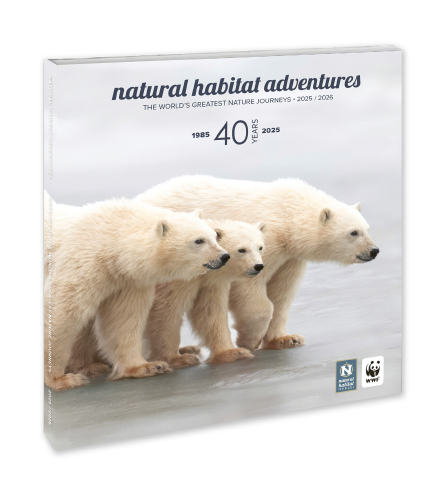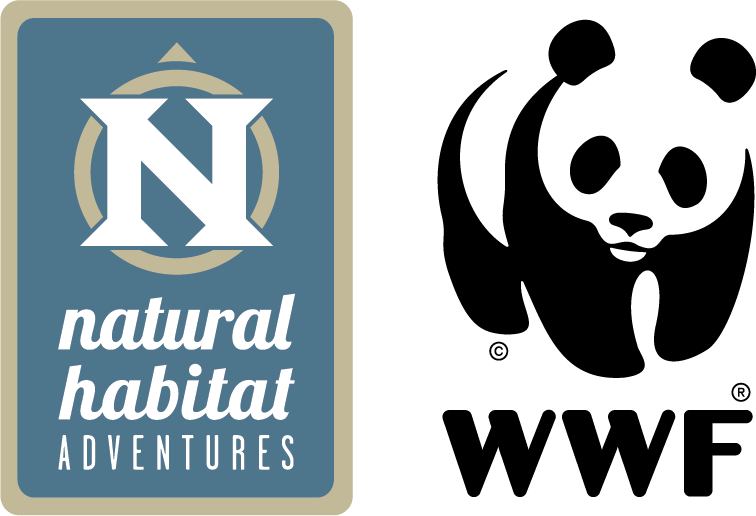Hedgehog Facts | Wildlife & Flora in the Cotswolds
An iconic and recognizable species, the hedgehog is the only mammal native to the British Isles with spines, which it utilizes by rolling into a protective ball when threatened. Hedgehogs' primary food source consists of ground-dwelling invertebrates, particularly beetles, caterpillars and earthworms, and they can travel up to 1.3 miles a night in search of their prey. They are a primarily nocturnal species that undergoes a seasonal hibernation from approximately October to March, which follows a period of overeating in the fall to build the required fat reserves.
Hedgehogs require a variety of interconnected habitats to be successful. These habitats are grasslands that connect with hedgerows, woodland and in urban environments, gardens and parks, they are not suited to cultivated or upland areas. Habitat fragmentation is listed as one of the potential causes of population declines across the country, suggesting that habitat suitability is key to the success of this species.
Hedgehogs are non-territorial, and both sexes display promiscuous behavior leading to average litter sizes of 3-4, with offspring in the same litter often having different fathers.
Currently, hedgehogs are protected against trapping in the UK. The main threats they face are habitat loss, roadkill, increased cultivation of the countryside and pesticide use in farming. A number of conservation initiatives have been launched, which seem to be having a positive impact on urban hedgehog populations.
See England & Scotland’s Wildlife on These Trips

The Cotswolds: Exploring English Nature
Wander ancient beech forests and wildflower meadows, follow hedgerows and trout-filled streams, tour private gardens and meet artisan food producers, in an idyllic landscape with a focus on native habitats and conservation.

























